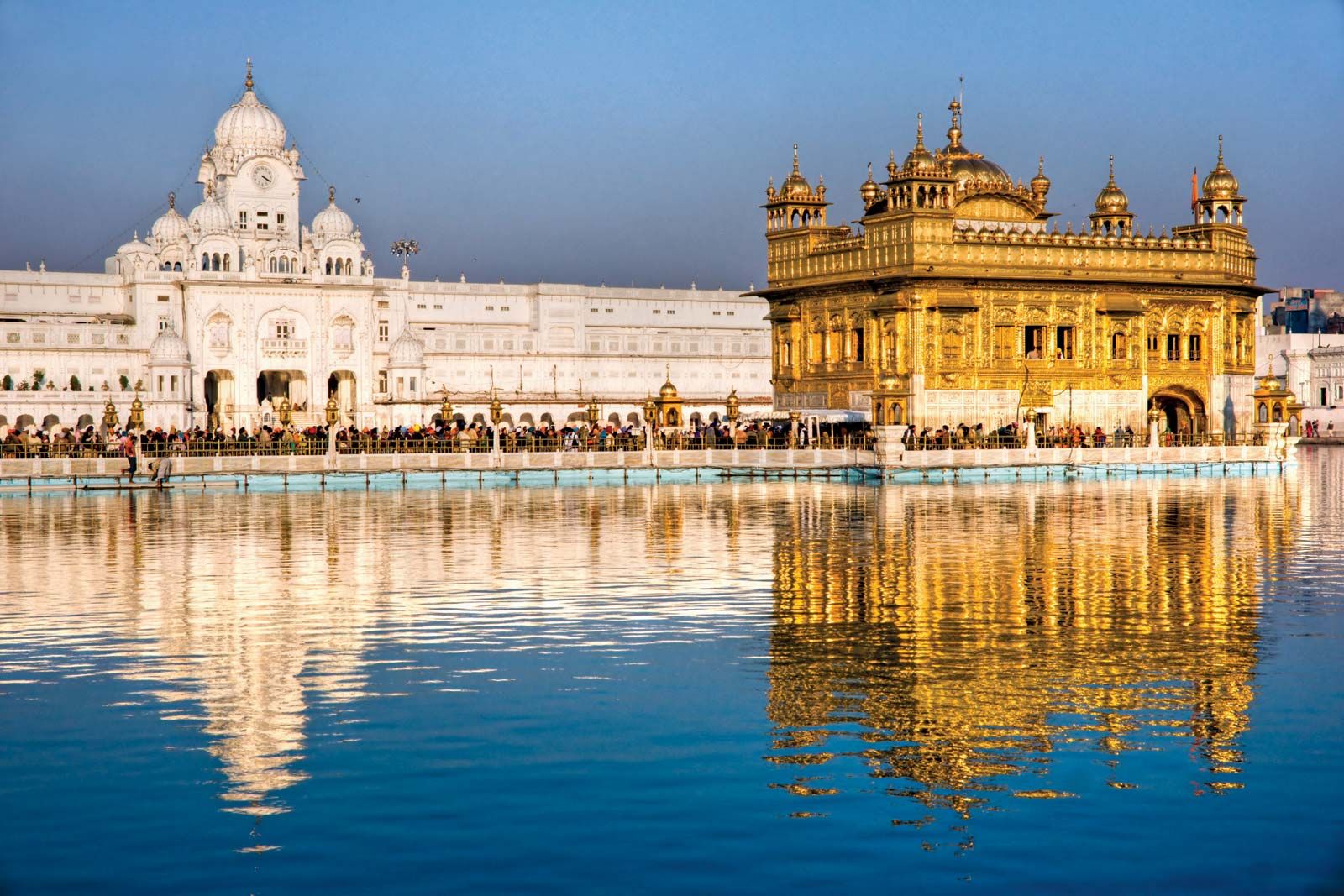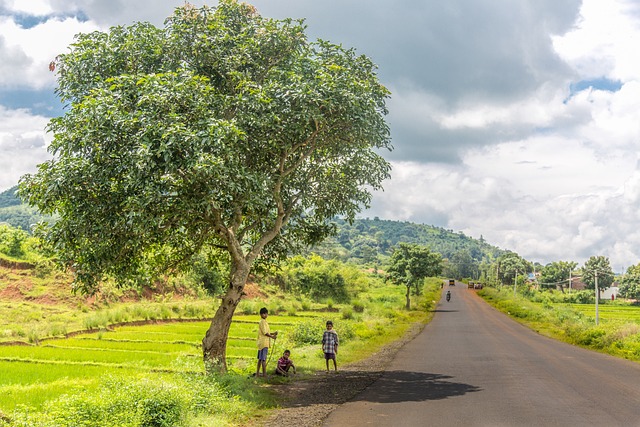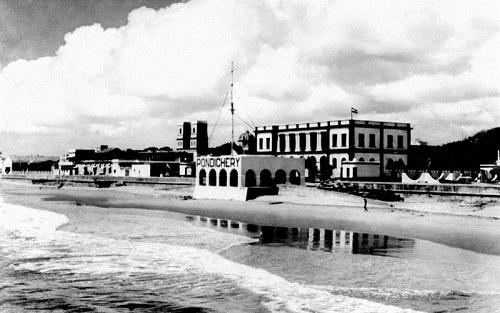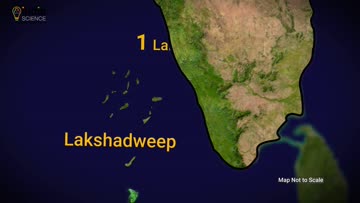The history of Punjab, a region in northern India and eastern Pakistan, can be traced back to ancient times. The Indus Valley Civilization, one of the oldest in the world, flourished in the region around 2500 BCE. The region was then conquered by various empires and dynasties, including the Persians, Alexander the Great, the Maurya Empire, the Gupta Empire, and the Mughal Empire.
During the Mughal period, Punjab was a major center of culture and trade, and the region prospered under the Mughal emperors Akbar, Jahangir, and Shah Jahan. However, with the decline of the Mughal Empire in the 18th century, the region fell into chaos and was contested by various local rulers.
In the 19th century, the British East India Company gained control of Punjab and made it a province of British India. During this period, the British introduced western education and modern agricultural techniques, which led to significant economic and social changes in the region.
After the partition of British India in 1947, Punjab was divided between India and Pakistan, with the majority of the population going to Pakistan. The partition led to massive communal violence and forced migration, with millions of people moving across the newly-drawn border.
In India, the state of Punjab was created in 1966 and has since undergone several changes in boundaries and government. The state has a diverse population, with a majority of Sikhs and a significant minority of Hindus and Muslims. The state has traditionally been a major agricultural producer, but in recent years, industries such as software development, pharmaceuticals and food processing have also grown.
In recent times, Punjab has been dealing with some social and economic issues like drug addiction, unemployment, farmers’ distress and agrarian crisis.
In summary, the history of Punjab is a long and complex one, marked by the rise and fall of various empires and the influx and migration of different peoples. The region has been shaped by its strategic location and fertile land, as well as by the actions of the various powers that have controlled it throughout history.
Overview:
The history of Punjab, a region in northern India and eastern Pakistan, can be traced back to ancient times, with the Indus Valley Civilization flourishing in the region around 2500 BCE. The region was conquered by various empires and dynasties, including the Persians, Alexander the Great, the Maurya Empire, the Gupta Empire, and the Mughal Empire. During the Mughal period, the region prospered. In the 19th century, the British gained control of Punjab and made it a province of British India. After the partition of British India in 1947, Punjab was divided between India and Pakistan. In India, the state of Punjab was created in 1966. The region has a diverse population and has traditionally been a major agricultural producer, but in recent years industries such as software development, pharmaceuticals, and food processing have also grown. In recent times, Punjab has been dealing with issues such as drug addiction, unemployment, farmers’ distress and agrarian crisis.





